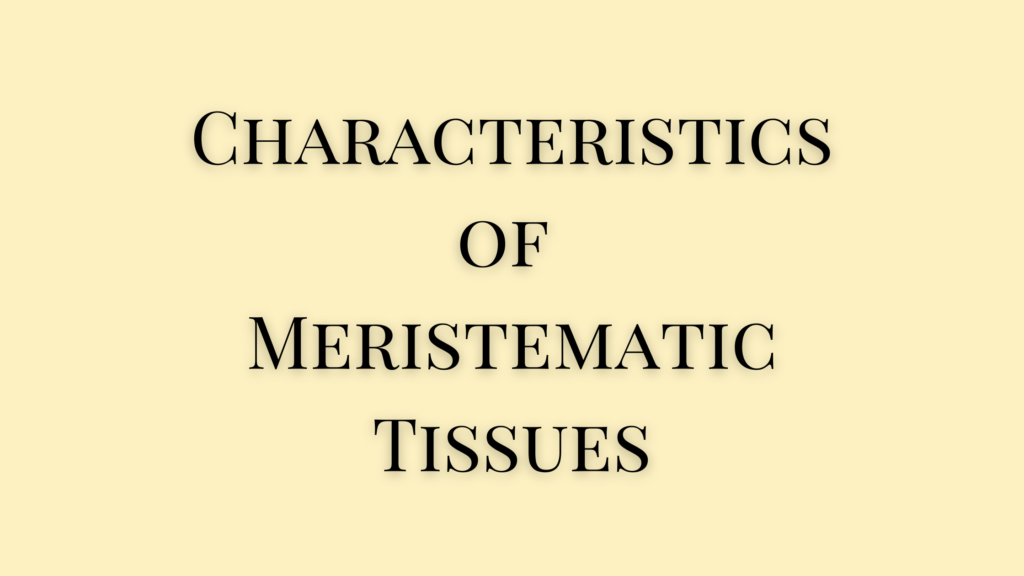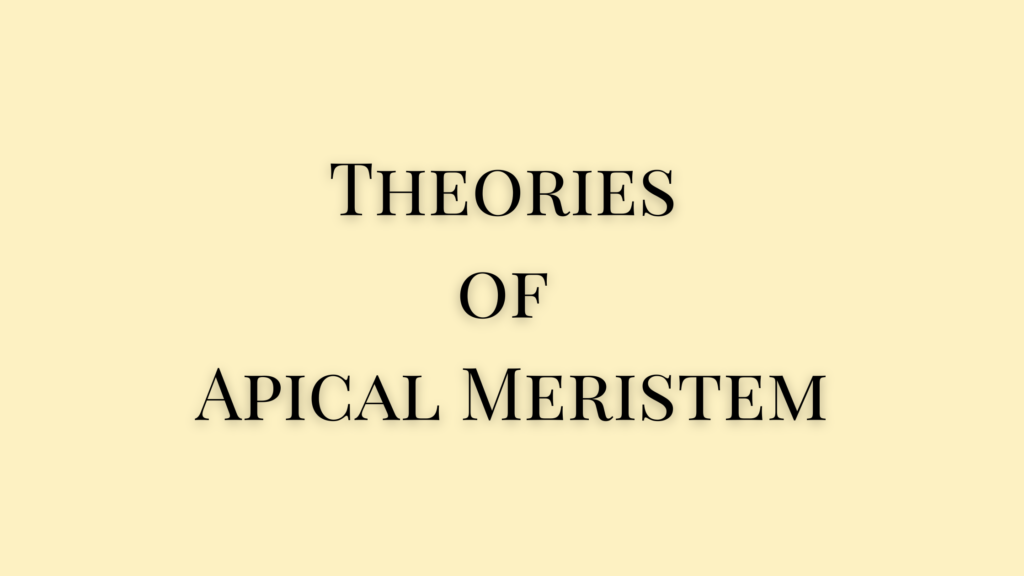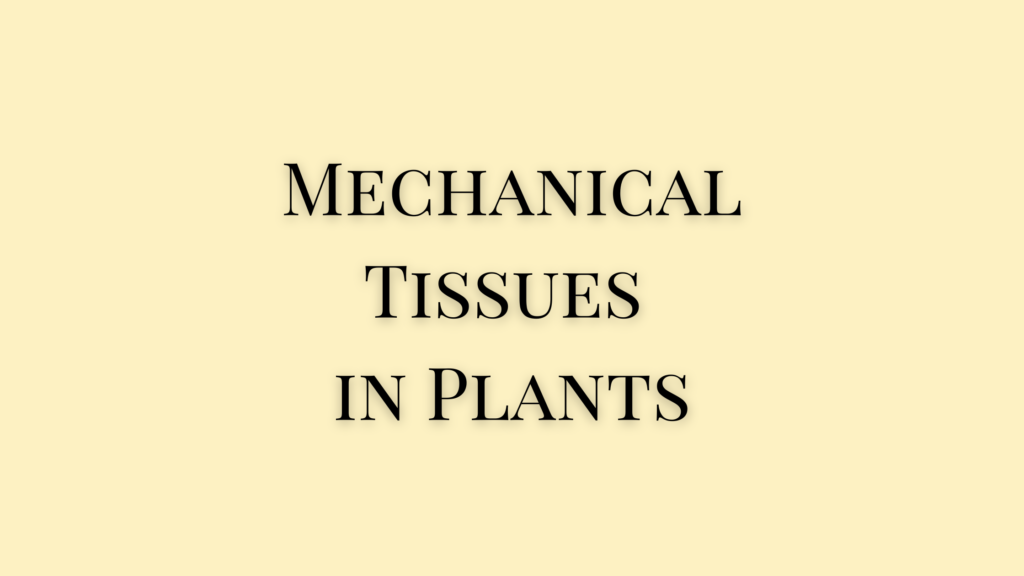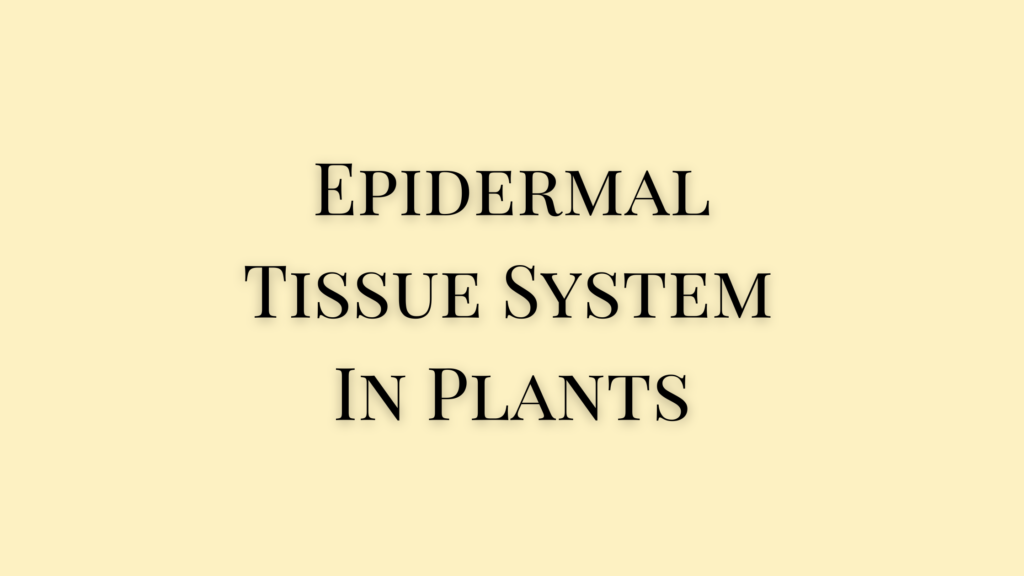Permanent tissues are matured tissues in plants that have specialized forms and functions. They are formed from the normal meristematic tissues and change their attributes. They will eventually lose their ability to divide and will also have wall thickening and other changes as they mature. There are different types of permanent tissues in plants.
Types of Permanent Tissues in Plants
Simple and complex tissues are the two types of permanent tissues. Permanent tissues acquire a permanent form as they grow and differentiate.
Simple tissues are homogenous cells with similar structures and functions. Parenchyma, collenchyma, sclerenchyma, sclereids, etc are simple tissues. Complex tissues on the other hand are heterogeneous with different types of cells but having the same functions. The xylem and phloem are complex tissues.
Types of Simple Tissue
Parenchyma
Parenchyma is the simplest and most common type of single tissue. These cells constitute the framework of various plant organs. They form the softer parts of the leaves, stem, roots, fruits, seeds, endosperm, embryo, etc. They are similar to meristematic tissues and are derived from meristematic cells.
Collenchyma
Collenchyma is another simple tissue formed of only one type of element. They are seen along the long axis of plants, present in varying sizes and shapes. The smaller collenchyma cells resemble parenchyma but the larger cells are similar to fibers, with interlocking tapering ends. They also appear polygonal in cross-section.
Sclerenchyma
Sclerenchyma cells are mechanical in function. The cells are longer with thickened cell walls. The cell walls have lignin deposition with pits. Since the cell contents are disorganized during wall thickening, these are dead cells. Sclerenchyma cells exist as fibers and sclereids or sclerotic cells.
The fibers are further divided into tracheid, libriform, and separate depending on their pits.
Sclereids are divided into branchysclereid, macrosclereids, osteosclereids, astrosclereids, and trachosclereids, depending on the shape.
Types of Complex Tissues
The main complex tissues are the xylem and phloem. Both xylem and phloem are further divided into different forms.
Xylem
Xylem tissues are a group of cells that have a common function of water conduction in plants. The different types of xylem cells can be living or dead cells.
Xylem Tracheids
These are narrow and elongated cells running along the long axis. They have a larger cavity and have tapering or blunt ends.
Xylem Vessels
Xylem vessels are more evolved than tracheids that attach end to end to form a tube. They have perforations on the walls which are scalariform or single perforation. Thickening inside the xylem vessels divides them further into annular, spiral, scalariform, pitted, and reticulate.
Xylem Fibers
Xylem fibers or wood fibers are mechanical in function. Though they are seen in primary and secondary xylem, it is more prominent in secondary xylem. They have thicker walls than tracheids.
Xylem Parenchyma
Xylme parenchyma forms the ground tissue in which vessels are embedded. In the secondary xylem, there are wood parenchyma and ray parenchyma. Xylem parenchyma are living cells but the secondary parenchyma are dead cells as they undergo sclerosis and lignification. They store fats and starch which can be used to develop new shoots after defoliation during winter.
Phloem
Phloem cells are permanent tissues that transport food from the leaves to other parts of the plant. Phloem tissues are of different types.
Sieve Tubes
Sieve tubes evolved from the sieve mother element in the cambium. They unite to form a narrow tube in series. They conduct organic food material from one location to another in plants.
Companion Cells
Companion cells are thin elongated parenchyma cells. They are present in angiosperms and are associated with sieve tubes to help with their activities.
Phloem Parenchyma
Phloem parenchyma cells store organic food, tannins, crystals, etc. The primary phloem has elongated cells and the secondary phloem has a vertical series of cells. These are seen only in dicots.
Phloem Fibers
Phloem fibers are elongated sclerenchyma fibers interlocked to form a tube-like structure. They are mechanical in function and are commonly seen in gymnosperms such as Pinus and Cycas.
References
- Sukumaran O R. Pre-Degree Botany. Murali Publications.
- Abraham P C. Anatomy, Embryology & Microtechnique. 1999. St. Mary’s Books & Publications.
- https://microbenotes.com/types-of-plant-tissues/




